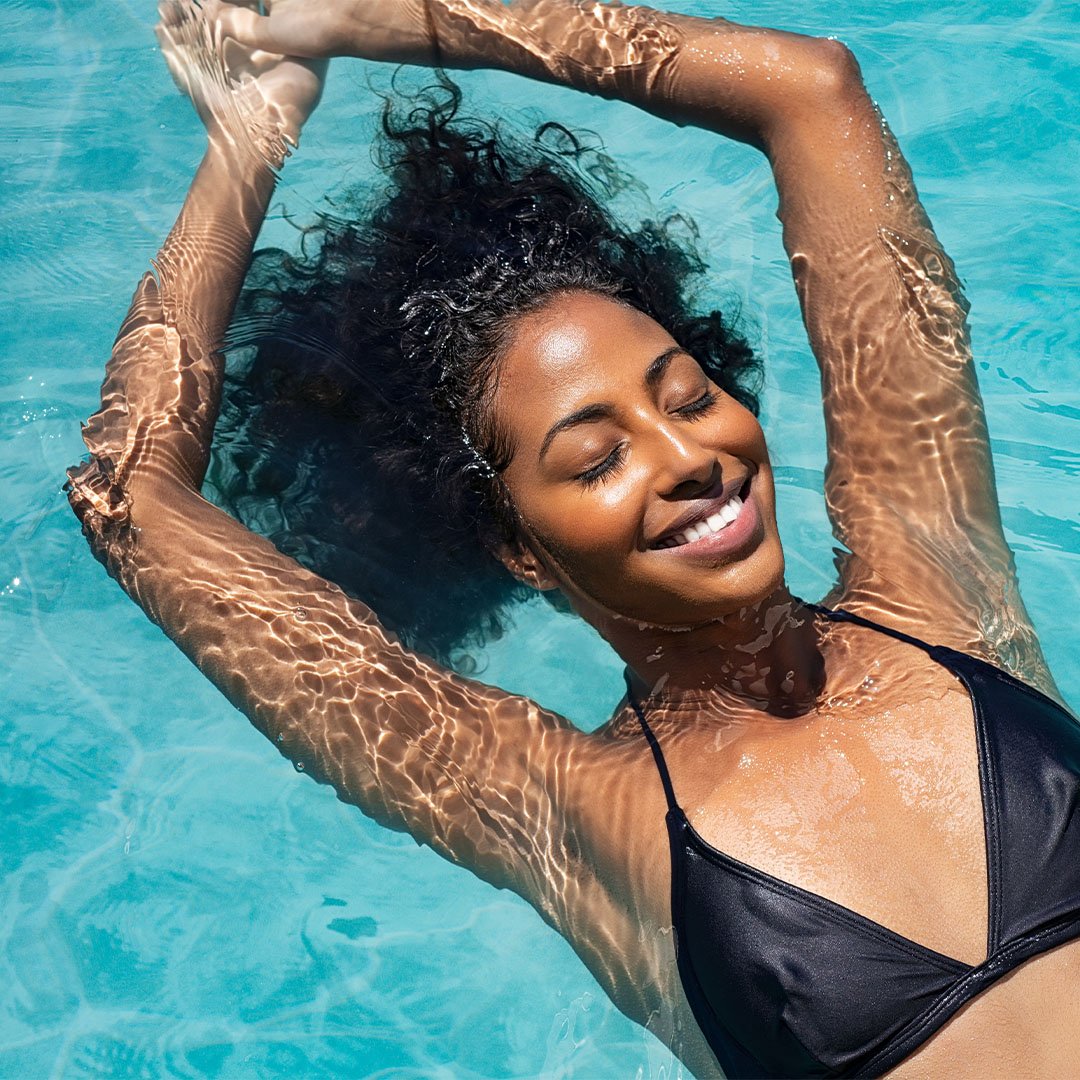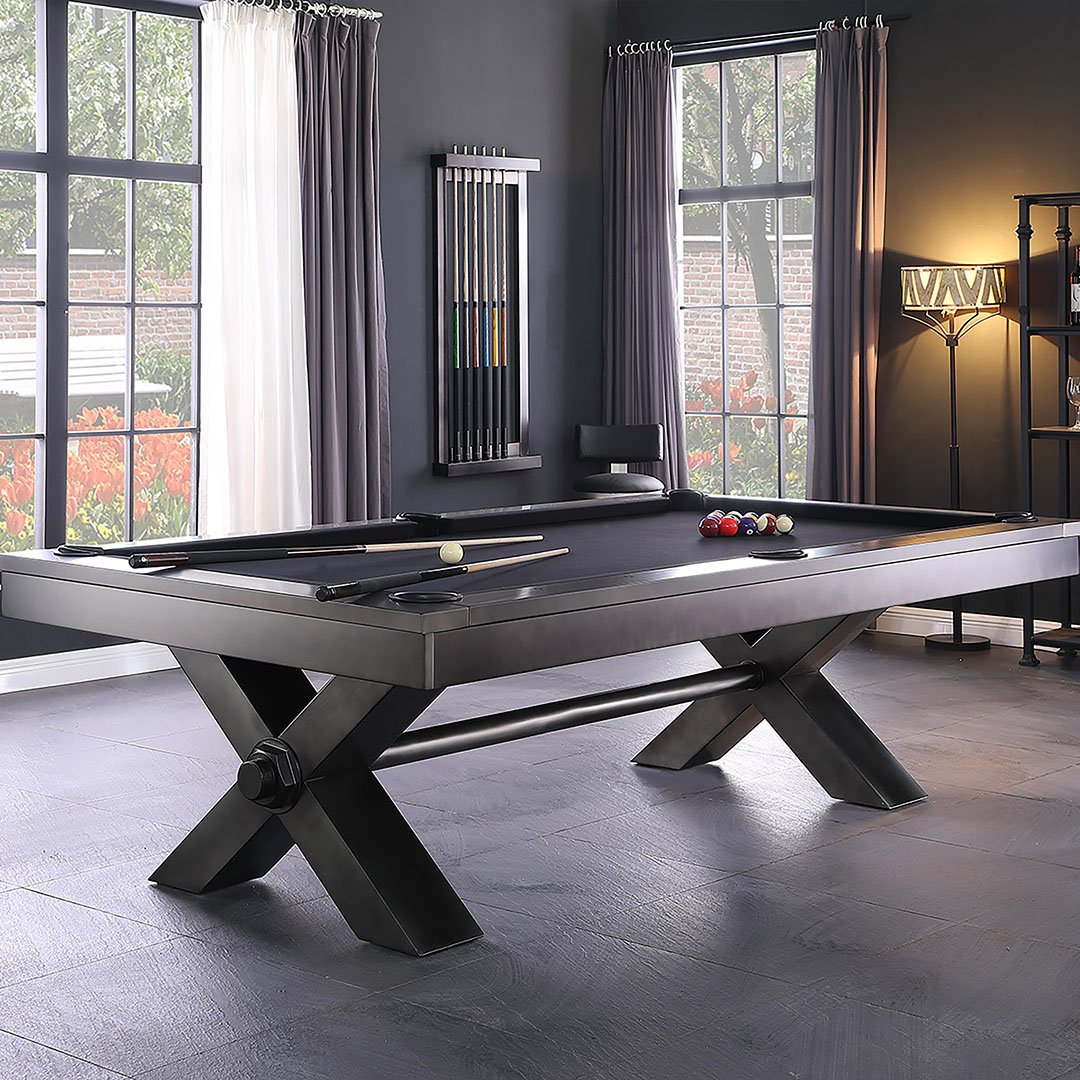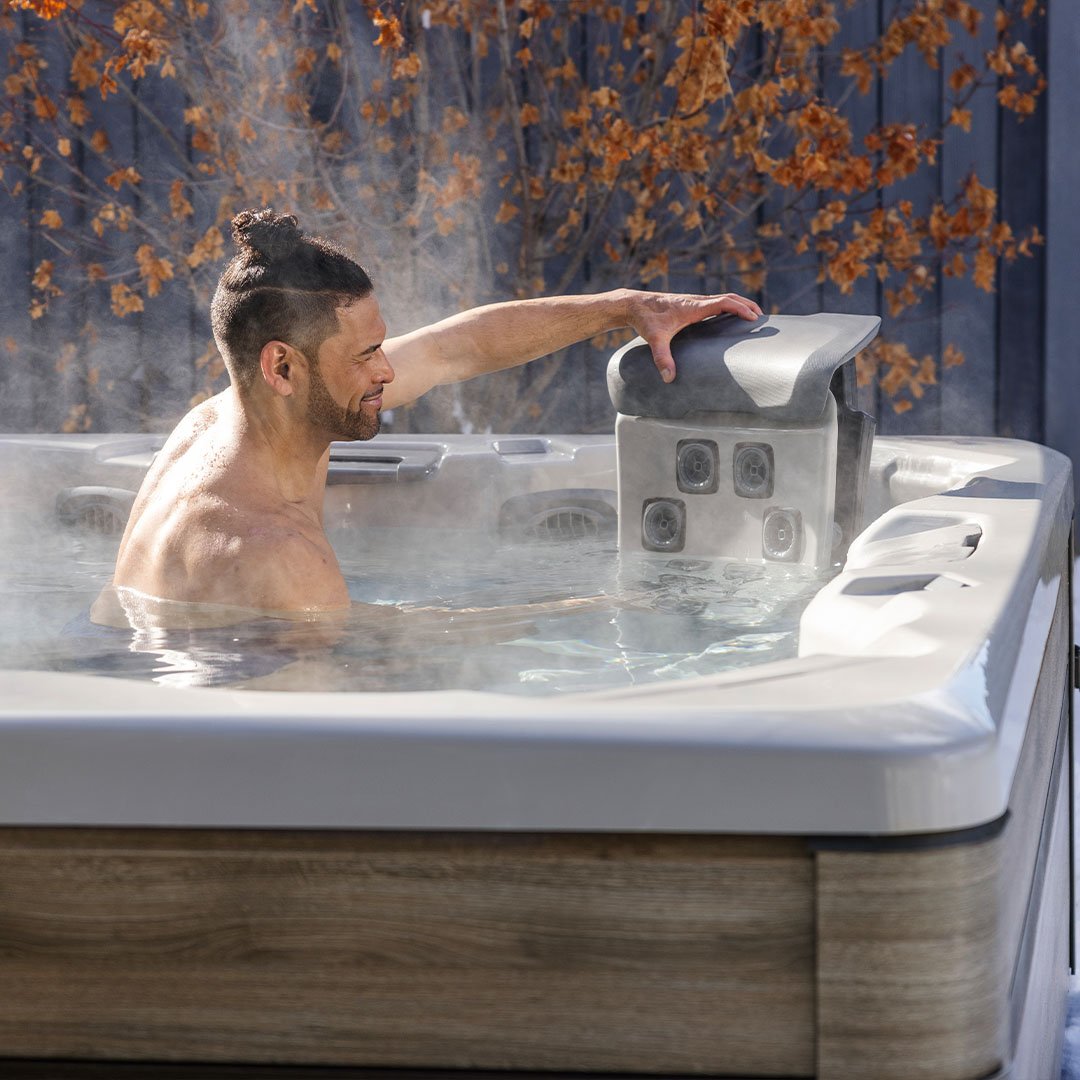All-Weather Furniture: What to Look for and What to Avoid
“All-weather” furniture promises durability through sun, rain, snow, and everything in between—but how much of that is marketing, and how much is real? As outdoor living becomes more popular, so do the bold claims from furniture brands. In this article, we’re unpacking the truth behind those claims. You’ll learn what to look for in truly weather-resistant furniture, what materials tend to fail, and how to make an investment that lasts season after season.
What Does “All-Weather” Really Mean?
“All-weather” is a marketing term, not a regulated standard. There’s no universal benchmark for what makes furniture “weatherproof,” so one brand’s definition may not match another’s. In most cases, “all-weather” suggests the furniture is designed to resist moisture, UV rays, temperature changes, and possibly even snow or salt air. But without understanding the materials and construction, you may end up with faded, rusted, or warped furniture within a year.
Best Materials for All-Weather Furniture
To truly stand up to the elements, outdoor furniture needs to be made of materials specifically engineered for durability. Here's what to look for:
1. Aluminum (Powder-Coated)
-
Why it works: Lightweight, rust-resistant, and doesn’t absorb moisture.
-
Tip: Look for powder-coated finishes, which offer extra protection against corrosion and fading.
2. Teak Wood
-
Why it works: Naturally oily and dense, making it resistant to water and insects.
-
Tip: Left untreated, teak will weather to a gray patina; oil it annually if you want to preserve its golden color.
3. HDPE (High-Density Polyethylene) Wicker
-
Why it works: Unlike natural wicker, HDPE won’t crack, fade, or absorb water.
-
Tip: Avoid PVC-based wicker, which is more prone to brittleness and UV damage.
4. Sunbrella or Performance Fabric
-
Why it works: Designed specifically for outdoor use, it's fade-resistant, water-resistant, and mildew-resistant.
-
Tip: Choose removable, washable cushion covers for easy maintenance.
Materials and Features to Avoid
Not all materials marketed as “all-weather” actually hold up. Here’s what you should be cautious of:
1. Steel (Unless Galvanized or Stainless)
-
Issue: Standard steel rusts quickly when exposed to moisture.
-
Better Alternative: Opt for stainless or galvanized steel with protective coatings.
2. Natural Wicker or Rattan
-
Issue: Organic fibers absorb moisture and degrade quickly outdoors.
-
Better Alternative: Use synthetic wicker made from HDPE for similar looks and far better durability.
3. Inexpensive Plastic
-
Issue: Cheap plastic cracks, fades, and becomes brittle with sun exposure.
-
Better Alternative: Look for UV-treated HDPE or marine-grade polymers.
4. Thin or Unsealed Wood
-
Issue: Woods like pine or untreated acacia may warp, rot, or split.
-
Better Alternative: Stick to hardwoods like teak, ipe, or eucalyptus that are naturally resistant to the elements.
What to Look for in All-Weather Furniture Construction
Materials are only part of the equation. Construction details matter just as much:
-
Welded joints over screws for metal frames (less chance of rusting or loosening).
-
UV-resistant finish to prevent fading.
-
Drainage holes in cushions or seats to prevent water pooling.
-
Tight weaves in wicker to avoid sagging or stretching.
How to Extend the Life of Your Outdoor Furniture
Even the best all-weather furniture will last longer with a little care:
-
Use furniture covers when not in use, especially in winter or during heavy rain seasons.
-
Clean regularly with mild soap and water.
-
Store cushions indoors when not in use to prevent mildew or fading.
-
Reapply sealants or oils to wood annually, if needed.
Final Thoughts: Marketing Hype vs. Real Durability
“All-weather” is not a guarantee—it’s an invitation to dig deeper. The right outdoor furniture can last for years with minimal maintenance, but only if it’s built from quality materials and sound design. Use the tips above to shop smarter, avoid common pitfalls, and create an outdoor space that truly lasts through all seasons.
FAQs
Is teak or aluminum better for outdoor furniture?
Both are excellent options. Teak offers a natural, luxurious look with great durability, while aluminum is lightweight, modern, and highly resistant to rust.
Can I leave all-weather cushions outside year-round?
Even “weatherproof” cushions are best stored indoors during extreme weather. They resist water and fading, but prolonged exposure can still shorten their lifespan.
What’s the best furniture for coastal climates?
Look for marine-grade aluminum, stainless steel, HDPE plastics, and Sunbrella fabrics. Salt air accelerates corrosion, so avoid untreated metals or low-quality wood.
Topics: Outdoor and Patio - Furniture













